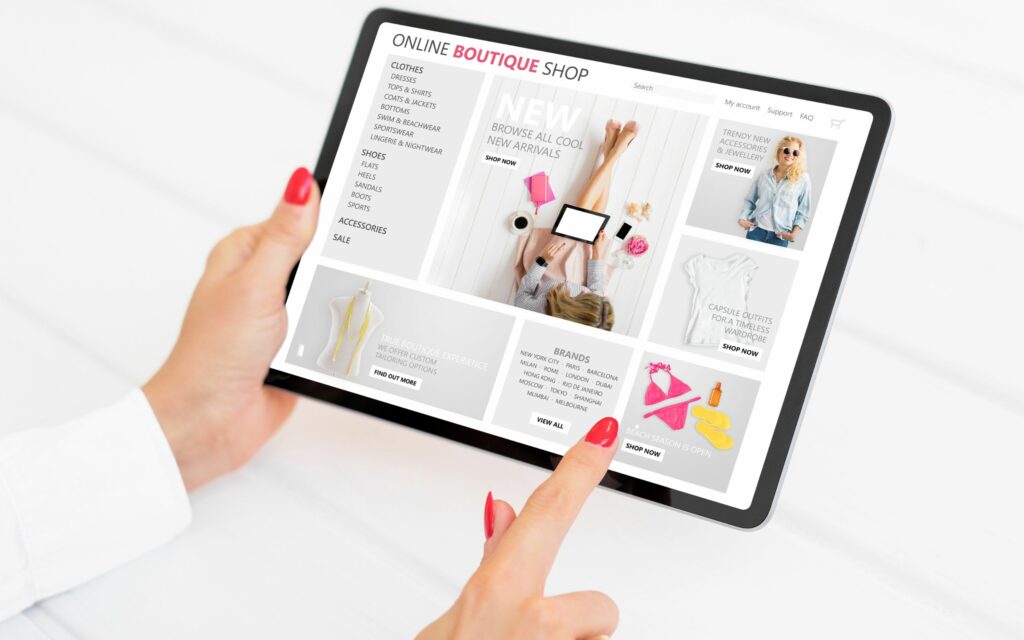
Should I Continue My Digital Marketing Through the Christmas Holiday Break? Advantages and Disadvantages
As the holiday season approaches, many businesses grapple with the question of whether to continue their digital marketing efforts during the Christmas holiday break. It’s a valid concern, as the holiday season can be a double-edged sword for marketers. On one hand, there are clear advantages to maintaining a digital marketing presence during this time, but on the other hand, there are some potential drawbacks to consider. In this blog post, we will explore both the advantages and disadvantages of continuing your digital marketing efforts during the Christmas holiday break, helping you make an informed decision for your business. Advantages of Continuing Digital Marketing During the Christmas Holiday Break: 1. Capitalise on Increased Online Activity: During the holiday season, people often have more free time and are more likely to spend it online, whether it’s shopping, researching gift ideas, or connecting with friends and family. By maintaining your digital marketing presence, you can capture the attention of potential customers who are actively engaging with online content. 2. Stay Top of Mind: Consistency is key in digital marketing. By maintaining your campaigns, you ensure that your brand remains top of mind for your audience. This can be especially important if your competitors are scaling back their marketing efforts during the holidays, giving you a competitive advantage. 3. Take Advantage of Holiday Shopping Trends: The Christmas season is a major shopping period, with consumers actively searching for gifts and deals. By continuing your digital marketing, you can tap into this trend by promoting special holiday offers, discounts, and gift ideas, potentially increasing your sales and revenue. 4. Build Customer Loyalty: The holidays provide an excellent opportunity to connect with your customers on a personal level. You can use your digital marketing channels to express gratitude, share festive content, and strengthen your relationship with your audience, which can lead to increased customer loyalty in the long run. 5. Collect Valuable Data: Maintaining your digital marketing efforts allows you to collect valuable data and insights about holiday season consumer behaviour. This data can be used to refine your marketing strategies for future holiday seasons and year-round campaigns. Disadvantages of Continuing Digital Marketing During the Christmas Holiday Break: 1. Increased Competition: While the holiday season can be lucrative, it also means heightened competition as many businesses ramp up their marketing efforts. This can lead to higher advertising costs and a saturated advertising space. 2. Staff Availability: Depending on your team’s availability and preferences, it may be challenging to maintain digital marketing efforts during the holiday break. Some employees may prefer time off to spend with their families, potentially leading to reduced capacity for campaign management and content creation. 3. Ad Fatigue: Consumers may become overwhelmed by the barrage of holiday-themed advertisements and emails during the Christmas season. If not executed carefully, your marketing efforts could contribute to ad fatigue, causing your audience to tune out. 4. Diminished ROI: In some industries, the holiday season may not be the most profitable time to invest heavily in digital marketing. If your products or services are not closely tied to holiday gift-giving, you may not see a significant return on investment during this period. 5. Burnout: Lastly, maintaining a high level of digital marketing activity during the holiday break can lead to burnout among your marketing team. It’s essential to strike a balance between maintaining a presence and allowing your team to recharge. In conclusion, the decision of whether to continue your digital marketing efforts during the Christmas holiday break should be based on your specific business goals, industry, and team capacity. While there are clear advantages to











